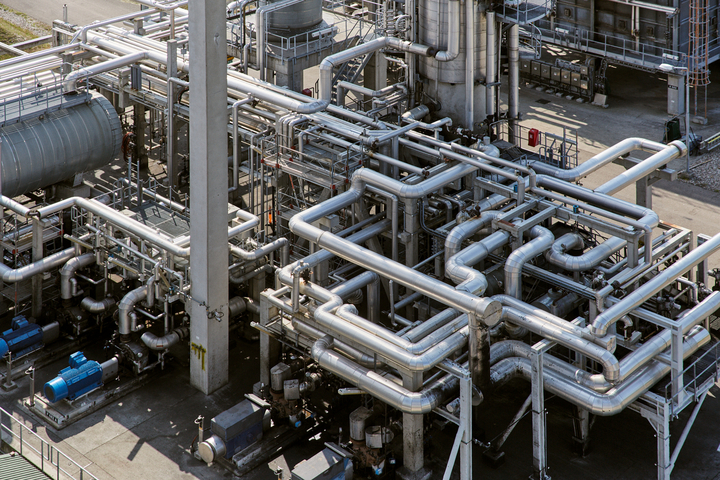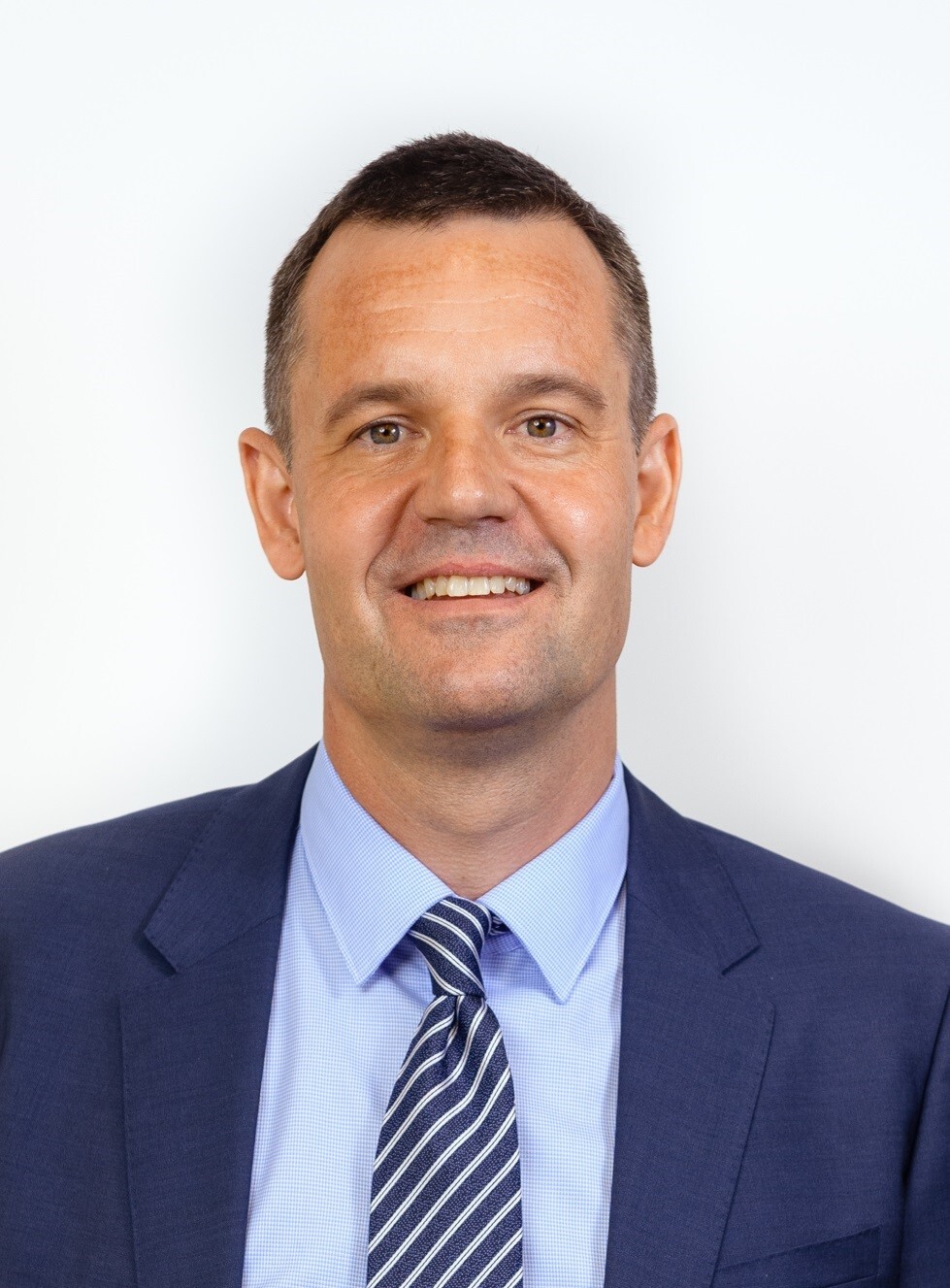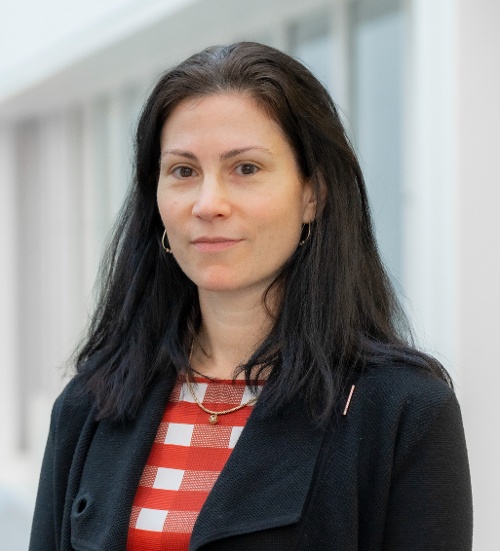Interview: Third Generation Biofuels to Take Off After 2030
The energy transition is forcing companies to come up with new products and systems to reduce carbon emissions. Within the transport sector, sustainable fuels are seen as a key decarbonization solution, with major energy companies pledging to increase production.
 For as many companies which are able to invest in and produce renewable energy, there are others developing entirely new technology. One such company is Denmark’s Topsoe, which claims to be the global market leader in technology for producing renewable fuels from vegetable oils and used cooking oil. But the availability of such feedstocks is limited. The challenge for companies like Topsoe is to scale up advanced biofuel projects based on solid waste, third generation feedstocks.
For as many companies which are able to invest in and produce renewable energy, there are others developing entirely new technology. One such company is Denmark’s Topsoe, which claims to be the global market leader in technology for producing renewable fuels from vegetable oils and used cooking oil. But the availability of such feedstocks is limited. The challenge for companies like Topsoe is to scale up advanced biofuel projects based on solid waste, third generation feedstocks.
OPIS editor Jaime Llinares Taboada interviewed Senior Vice President Peter Vang Christensen and Product Line Director Milica Folic about Topsoe’s activities in renewable fuel technologies and its outlook for the biofuels sector.
OPIS: Tell us a little about Topsoe’s strategic business areas.
 Peter Vang Christensen: We have been around for a little more than 80 years. From the very beginning, the company has focused on catalysts used in the production of ammonia and sulfuric acid. We have also developed other technologies used in hydrogen and methanol production and oil refining.
Peter Vang Christensen: We have been around for a little more than 80 years. From the very beginning, the company has focused on catalysts used in the production of ammonia and sulfuric acid. We have also developed other technologies used in hydrogen and methanol production and oil refining.
In our key areas — ammonia, methanol and hydrogen — we have been the market leader for many years. In the refinery and clean fuels businesses we also have a very strong position. Renewable fuels is an area that we have established ourselves in the last couple of years, and see a very high demand.
And, eventually, we will see more and more hydrogen, e-ammonia, e-methanol and e-fuels coming from green production (based on renewable electricity). We are also present in this space with our own technology for solid oxide electrolysis — the process of using electricity to split water into hydrogen and oxygen. Indeed, we have already taken a final investment decision to build the first solid oxide electrolyser manufacturing plant in Denmark.
OPIS: Can you talk about the biofuel projects you have been involved in?
 Milica Folic: It’s an interesting story. Very early on, we had some customers with ideas for processing bio-feedstock. We actually delivered technology for our first renewable diesel plant in the European market in 2010. That particular customer was visionary in a way — after that, there was a bit of a slowdown.
Milica Folic: It’s an interesting story. Very early on, we had some customers with ideas for processing bio-feedstock. We actually delivered technology for our first renewable diesel plant in the European market in 2010. That particular customer was visionary in a way — after that, there was a bit of a slowdown.
So it took five years before we started licensing again and, by now, we have 13 running references [projects running on Topsoe technology] within renewable diesel. Most of those plants can produce SAF [sustainable aviation fuel] as well. I think that a lot of them are considering doing some bolt-on options to do SAF. So we will see a bit of an overspill of some of that renewable diesel capacity into SAF in the future.
We also have a large number of licenses awarded for SAF projects. However, we see that there’s a little hesitation over completing final investment decisions (FIDs) due to the [U.S. IRA and EU] legislation. For example, until very recently, the IRA worked more in favor of renewable diesel then SAF — you could actually get more in tax credits if you were producing renewable diesel. But we are expecting that a lot of these projects will reach FID this year.
What I also can say is we did not expect third generation feedstocks — woody biomass waste, agricultural waste, even municipal solid waste — to reach us this quickly, because a lot of these pathways are not certified for SAF production. However, there are a lot of customers coming to us with these projects already. We see those third generation feedstocks happening earlier than we may have expected.
OPIS: How optimistic are you about the outlook for biofuels? How much potential do you see?
Folic: I think we see a lot of potential. First generation feedstocks [food crops for biodiesel and ethanol production] have probably reached saturation, and some of that feedstock is being diverted from biodiesel production into SAF.
In addition, we expect that there will still be some growth in the second generation feedstocks, such as waste oils and fats. There will be more projects announced and more projects realized going up to 2030-2035, and that is probably where growth will plateau — because there will be no more growth potential for this type of feedstock.
And then, it’s all about enabling those third generation feedstocks which need to be liquefied, which brings extra costs, extra complexity.
Right now, you have liquid [first and second generation] feedstock with hydroprocessing technology. It’s a pretty straightforward process and, after 10-15 years working with it, the technology is quite mature.
However, third generation feedstocks bring a lot of complexity into the process. But we’re very optimistic; we’ll certainly make it work. It’s the same journey we’ve been through for the first and second generation feedstocks that we are now repeating with the third one.
OPIS: How big is the issue of used cooking oil and fats feedstock availability for the HEFA [Hydroprocessed Esters and Fatty Acids] pathway? Will we reach a point where we don’t have enough used cooking oil for everyone?
Folic: Yes, for sure. That is where we predict that we will see a plateau, probably around 2030. There will be more projects, but ultimately it will flatten out. We will see activity, some renewable diesel capacity being switched into SAF production, or expanding capacity marginally, but we won’t see the same landscape.
OPIS: So it’s going to be around 2030 when we will see this transition towards advanced feedstocks?
Folic: Probably. We’re speculating, but somewhere between 2030 and 2035 will see this crossover where these (third generation feedstock) projects really take off. Third generation feedstock will probably see a more careful ramp-up of capacity before 2030 and acceleration thereafter.
OPIS: A common concern in the industry is about its high production costs. Do you see biofuel costs going down?
Folic: Right now, we are at a good [cost] level for the first and second generation feedstocks for the HEFA pathway, which you could call mature technology. And I’m pretty sure the same goes for FAME/biodiesel.
But, as you move to advanced feedstocks — third generation waste feedstocks of any kind —these are solid feedstocks that need to be liquefied, so you need extra steps in the process.
Solid waste feedstocks are not as easy to work with as soybean oil or used cooking oil. So, these solutions for new feedstocks are going to go up in price. They’re probably not going to be comparable to e-fuels, but they’re still going to go up in cost.
However, being a technology provider we know that, through operating a process, you learn how to bring the extra costs down. So it’s only natural to expect that the cost will indeed go down, and that the yields will go up.
You can only speculate how much that improvement will be. And that is also where the EU and the IRA are doing their part to incentivize new technologies.
OPIS: How much bigger is the cost of building a third-generation biofuel plant at the moment, compared to HEFA technology?
Folic: I can only tell you that [the difference] is big. More than twice the cost.
OPIS: Turning to the production process, can you tell us more about how a biofuel plant operates in terms of renewable diesel versus SAF production. Is the operator able to switch from one to the other easily?
Folic: Right now, you have little SAF capacity, and so renewable diesel is the dominant product in those plants. But in the future I think you will probably see the opposite happening.
If a biofuel plant is designed to operate in both diesel and SAF modes, the operator can switch from one to other mode as per requirement. SAF mode requires change in a couple of the operating parameters so it takes some time to get the on-spec SAF product. During this changeover period, product will still meet diesel specification.
Many of our current renewable diesel plants are already designed for future production of SAF. The plants which are designed for diesel production only require a revamp. Before the revamp you should decide if you want to go for co-production of diesel and SAF or a fully flexible diesel-SAF unit, with the second retrofit being more extensive and expensive.
Depending on the decision, the retrofits look into the de-waxing section, addition of a fractionator and a potential addition of a hydrocracking reactor.
OPIS: Some may argue that the growth prospects for SAF are better than those for renewable diesel, because electric vehicles will replace internal combustion engine vehicles. Do you agree?
Folic: Yes, it’s a fact that the aviation industry is very hard to decarbonize via electrification. So planes will need to run on HEFA SAF before e-fuels catch up.
Renewable diesel, however, will still be needed for the heavy-duty vehicle sector. So we’re talking about a 20-year horizon where you can still run a very profitable project on renewable diesel.
What is nice about it is that you can use existing infrastructure, existing refineries, which lowers the level of investment needed for those projects.
And you can probably, at an extra cost, retrofit or revamp your renewable diesel plant to produce SAF. So to start you have a transitional solution, which then enables a long-term drive for SAF as well.
OPIS: Are you working on alcohol-to-jet technology as well?
Folic: We see potential. We’re working on the methanol-to-jet route, and on methanol-to-gasoline technology as well. We’re a little bit careful in rolling it out commercially, but we are looking at certifications and building a pilot plant. So it’s happening, but probably is the pathway with the slowest commercialization. Maybe in 2-3 years we will be able to see a full speed ramp-up on methanol-to-jet.
We have a fully commercialized methanol-to-gasoline technology and, based on these capabilities, the next step to develop a methanol-to-jet technology is natural for us. Our MtJet technology is under development as a fast track project, and developments on catalysts, process, business and certification are all progressing in parallel.
For this route, ASTM qualification is required and we are a full member of the ASTM MTJ task force group. Regarding full commercialization, we expect the qualification to be still a couple of years from now.
OPIS: Lastly, looking ahead now, in which regions are you seeing the largest demand for biofuel projects? In the future, will we have any sort of regional biofuel hubs, or will it be relatively spread out across the world?
Folic: I think it will ultimately be spread out.
It’s clear that the U.S. is leading with capacity and announcements. Europe is doing quite ok, but Asia is predominantly relying on FAME and biodiesel, with mandates at best for biodiesel only.
The legislative pull and the transition into HVO (Hydrogenated Vegetable Oil) is lagging a little in Asia, but given that there is a lot of feedstock there and that SAF use is growing faster than other regions, we will certainly see a lot of demand in that regional market.
Easily keep up with the complex and evolving biofuels market. Try OPIS Ethanol & Biodiesel Information Service free for 3 weeks. You’ll get real-time news alerts and a daily market overview that includes pricing assessments, plus a weekly newsletter and rack pricing report in PDF format. Delivery is via email.
